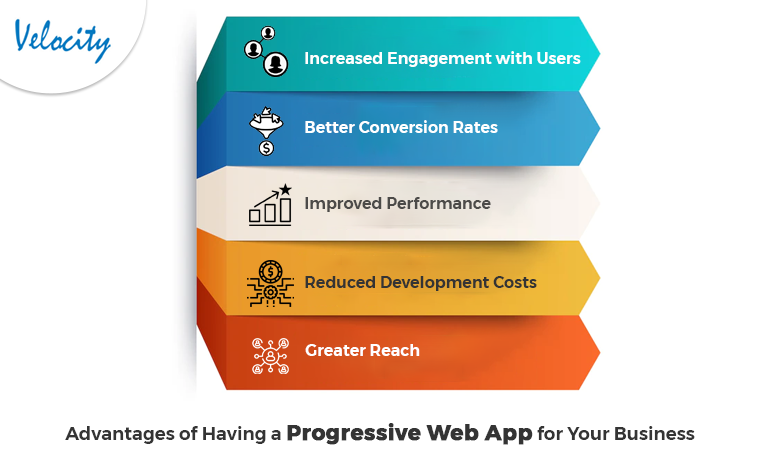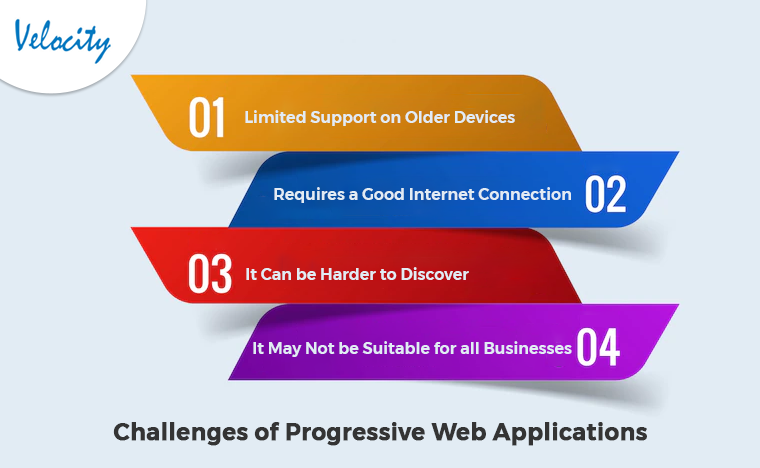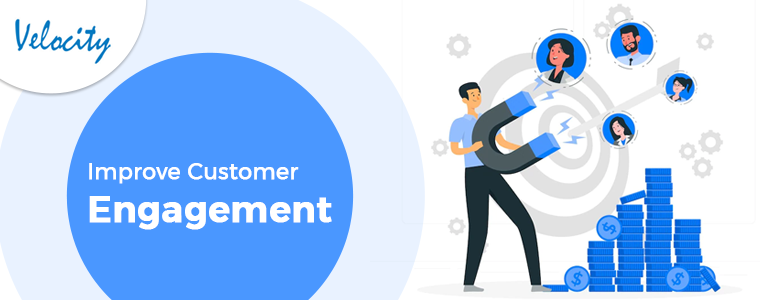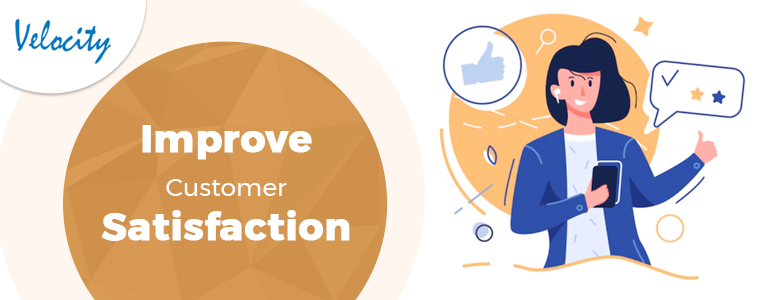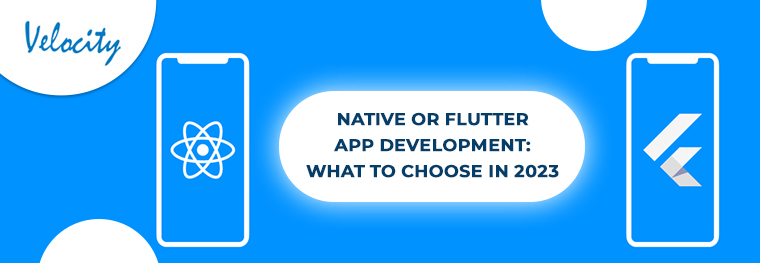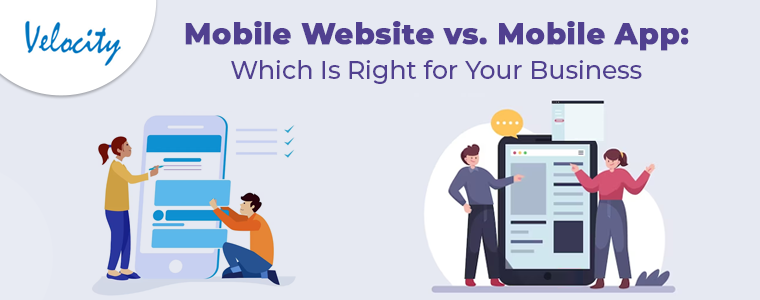Progressive Web Applications (PWAs) are quickly gaining in popularity. They offer many advantages over traditional web applications and are changing how we think about web development. In this blog, we will discuss what Progressive Web Applications are and explore some of the benefits they offer. We will also look at some of the challenges developers face when creating PWAs.
What are Progressive Web Applications?
Progressive Web Applications are web applications that are built using modern web technologies. They offer many advantages over traditional web applications, including increased performance, offline functionality, and improved user experience.
PWAs are designed to be fast and responsive. They use caching and other techniques to improve loading times, even on slow internet connections. PWAs also offer offline functionality, allowing users to access content even when not connected to the internet. Finally, PWAs provide an enhanced user experience by offering features such as push notifications and home screen shortcuts.
Advantages of Having a Progressive Web App for Your Business
As a business, there are many benefits to having a progressive web app (PWA). Here are some of the main advantages:
1. Increased Engagement with Users
With a PWA, you can offer users an immersive and interactive experience that is more engaging than a traditional website. This can lead to increased customer loyalty and repeat visits.
2. Better Conversion Rates
A PWA’s increased engagement can also lead to better conversion rates. If users are more engaged with your site, they are more likely to take the desired action, whether making a purchase or signing up for a newsletter.
3. Improved Performance
A PWA can offer improved performance compared to a traditional website. This is because PWAs are built using modern web technologies that allow faster loading times and smoother animations.
4. Reduced Development Costs
A PWA can be less expensive than a native app because you only need to create one codebase that can be used across all platforms. This can save you time and money in the long run.
5. Greater Reach
A PWA can be accessed by anyone with a web-enabled device, regardless of the operating system or app store. This gives your business a greater reach than if you were to develop a native app.
A progressive web app could be the answer if you’re looking for ways to improve your business. With increased engagement, better conversion rates, and improved performance, a PWA can offer many benefits that traditional websites cannot match.
Challenges of Progressive Web Applications
Despite the many benefits, there are also some challenges that come with advanced web applications. Here are a few of the main ones:
1. Limited Support on Older devices
PWAs are built using modern web technologies that may not be supported on older devices. This can limit the reach of your PWA and exclude some potential users.
2. Requires a Good Internet Connection
A PWA requires a good internet connection to work correctly. This can be an issue for users in areas with poor or unreliable connectivity.
3. It Can be harder to discover
Unlike native apps, PWAs are not listed in app stores. This can make them harder to discover for potential users.
4. It May not be suitable for all businesses
PWAs may not be suitable for all businesses. For example, if your business requires users to log in or make payments, a PWA may not be the best option.
7 Tips Progressive Web Applications can Improve your Business
1. Reach a Wider Audience
Progressive Web Applications can be installed on a user’s device and can work even if the user is not connected to the internet. This makes them ideal for users who want to use an application in an environment where they might not have an internet connection.
2. Improve Customer Engagement
PWAs are typically much faster than traditional web applications and use less data. This makes them ideal for users on a metered or limited data plan. PWAs also tend to be more reliable than traditional web applications, and they can offer a better user experience.
3. Save money on Development and Deployment Costs
PWAs can be developed using existing web technologies and deployed to a user’s device without going through an app store. This can save businesses money on development and deployment costs.
4. Reduce Time to Market
PWAs can be developed relatively quickly and deployed to a user’s device without going through an app store. This can help businesses get their products and services to market faster.
5. Increase Customer Retention
PWAs offer many of the same features as traditional web applications but also have some unique benefits. PWAs can be installed on a user’s device and can work even if the user is not connected to the internet. This makes them ideal for users who want to use an application in an environment where they might not have an internet connection.
6. Improve Customer Satisfaction
PWAs are typically much faster than traditional web applications and use less data. This makes them ideal for users on a metered or limited data plan. PWAs also tend to be more reliable than traditional web applications, and they can offer a better user experience.
7. Increase Brand Awareness
PWAs can be developed using existing web technologies and deployed to a user’s device without going through an app store. Businesses may benefit from this by reaching out to a larger audience and building brand awareness.
Final Thoughts
Progressive Web Applications are a relatively new technology, but they offer many benefits that make them worth considering for your next web development project. If you are searching for a way to improve your web application’s performance or offer a better user experience, PWAs may be the right solution for you. However, it is vital to be aware of the challenges associated with this technology and to develop your applications accordingly. With the right approach, Progressive Web Applications can help you reach a wider audience, improve customer engagement, save money on development and deployment costs, reduce time to market, increase customer retention, and improve customer satisfaction.

